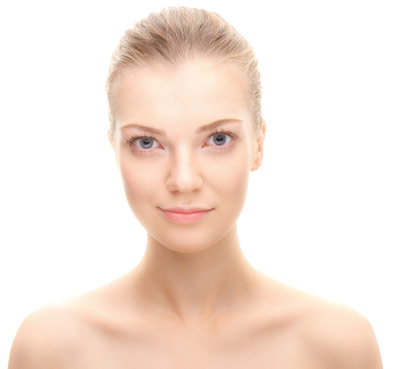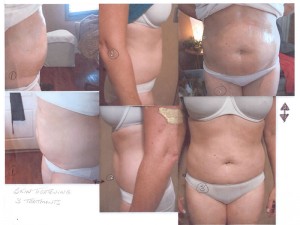So Many Uses
 LHE Technology, Light & Heat Energy, first developed by Radiancy in 1998, is the singular most efficient form of phototherapy in medical and aesthetic field today. Its inherent safety and flexibility enables its use in a wide variety of applications. LHE is currently being employed for Hair Removal, Acne Clearance, Skin Rejuvenation and Psoriasis, with more applications on the horizon.
LHE Technology, Light & Heat Energy, first developed by Radiancy in 1998, is the singular most efficient form of phototherapy in medical and aesthetic field today. Its inherent safety and flexibility enables its use in a wide variety of applications. LHE is currently being employed for Hair Removal, Acne Clearance, Skin Rejuvenation and Psoriasis, with more applications on the horizon.
Traditional Phototherapy
Phototherapy, also known as Light Treatment, entails the use of Light to heal or treat a medical or aesthetic condition, Photo meaning light and therapy meaning to treat. Phototherapy has been used to treat such diverse conditions as newborn jaundice, psoriasis and acne. The medical use of phototherapy dates back to ancient times when Greeks built solarium cities in high mountains to harness ultra-violet light for healing tuberculosis. In more recent times, red light was used to suppress the effects of the smallpox virus. Since the 1920s, phototherapy has been extensively used in the treatment of many photoresponsive skin diseases such as psoriasis. Modern day phototherapy balances wavelengths, intensity of light and exposure duration among other parameters to tailor treatment to specific needs and conditions.
In the early 80’s a new method of light-based therapy termed selective photothermolysis was developed. The word photothermolysis is from three Greek words; photo meaning light, thermo meaning heat, and lysis- destruction.
The theory of selective photothermolysis maintains that by optimizing certain application parameters, the practitioner can target a specific chromophore for destruction, while minimizing the effect on surrounding tissue.
Photorejuvenation IPL Skin, Acne and Rosacea IPL Treatments
Do I have to miss work or scheduled social functions?
No. This procedure is a “no downtime” procedure meaning that you may return to all scheduled activities immediately.
 What will my skin look like after the procedure has been done?
What will my skin look like after the procedure has been done?
Your skin may look slightly flushed temporarily. This mild “glow” will usually not be noticed by other individuals. If you wish, you may apply powder or make-up right away.
Is the procedure painful?
You will experience a slight sensation as the pulses of therapeutic light are passed over your skin. The sensation is very mild and easily tolerated. Topical anesthetic creams are not required but are available for individuals who wish to numb the skin.
Why are five treatments required?
It has been demonstrated that the majority of people will achieve most of their improvement after five treatments are performed. Improvement is gradual and becomes evident after several treatments have been completed. Therefore single treatments are not scheduled prior to the completion of the first series of five procedures.
When should maintenance treatments be done?
The ideal time to schedule a single maintenance treatment is about four months after your last treatment. However treatment maintenance schedules can be individualized depending on specific needs.
Can I have a treatment while my skin is tanned?
No. We prefer to treat skin that is not tanned, although a slight “chronic” tan may be acceptable.
What improvement will be noticed after a series of five treatments is finished?
Skin will look refreshed and rejuvenated. Improvement in tone and texture of skin is experienced. A significant reduction of brown and red areas of discoloration, small red blood vessels (spider veins) and irregular areas of pigmentation occurs. Pore size is reduced by one third. A reduction of red discoloration will be evident in individuals with rosacea or abnormal flushing. Skin looks more beautiful following IPL Photorejuvenation.




